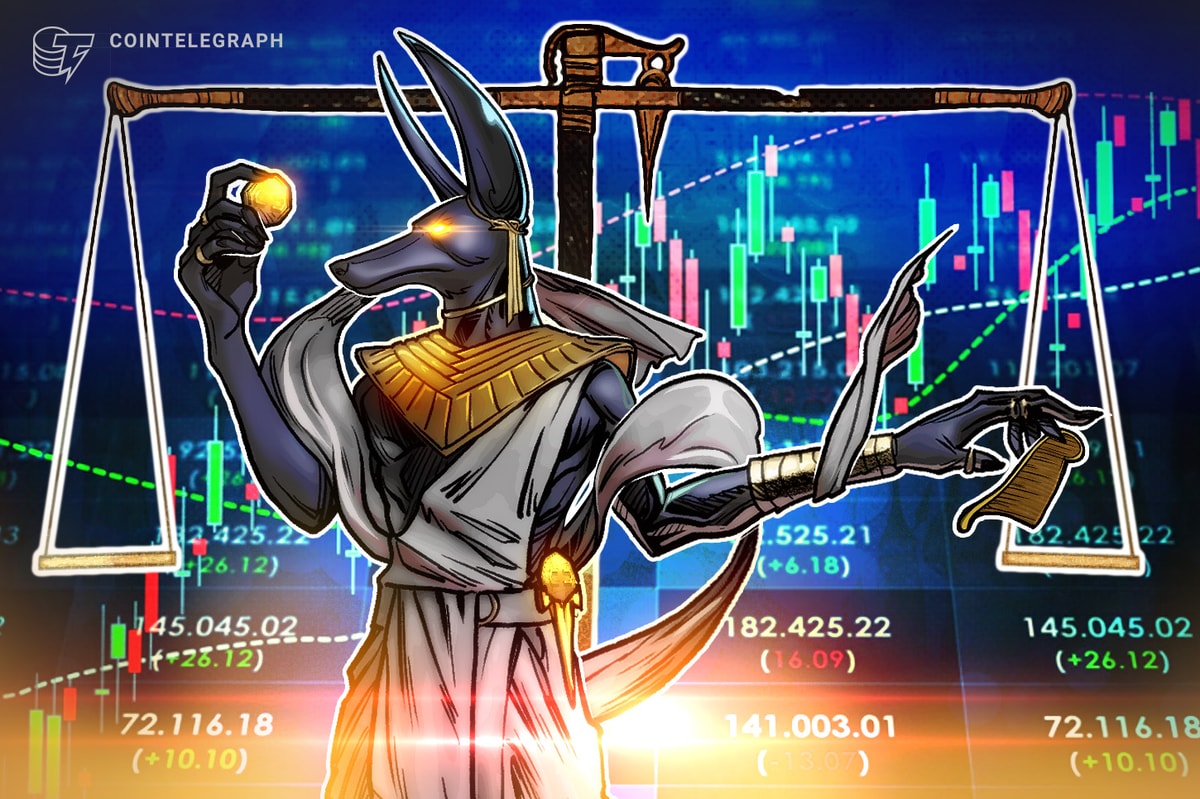Time-weighted average price is an algorithmic trade execution strategy commonly used in traditional finance tools. The goal of the strategy is to prod

Time-weighted average price is an algorithmic trade execution strategy commonly used in traditional finance tools. The goal of the strategy is to produce an average execution price that is relatively close to the time-weighted average price (TWAP) for the period that the user specifies.
TWAP is mainly used to reduce a large order’s impact on the market by breaking it down into smaller orders and executing each one at regular intervals over a period of time.
How TWAP can reduce the price impact of a large order
Bids can influence the price of an asset in the order books or liquidity in the liquidity pools. For example, order books have multiple buy and sell orders at different prices. When a large buy order is placed, the price of an asset rises because all of the cheapest buy orders are being executed.
For example, Coin A is currently priced at $10 and has the following:
- 50 buy orders at $10
- 50 buy orders at $11
- 50 buy orders at $13
- 100 buy orders at $15
- 500 buy orders at $17
Trader A places a buy order of 300 Coin A tokens at a price o $17. Since the order amount is larger than the cheaper orders, the protocol will execute the $10, $11, $13 and $15 price points to fulfill the order.
However, since the total buy order isn’t enough to fill all the bids at $17, the price for Coin A will stop at that level. That’s a price increase of 70%, mostly seen with low liquidity coins. In most cases, the price increase would be less dramatic.
Even though most decentralized exchanges (DEXs) don’t have order books, they have automated market makers (AMMs) that adjust the price of a token based on order size and the size of the liquidity pool. Liquidity is sourced from liquidity providers (LPs) who contribute a certain amount of a token pair to the pool in return for a cut of the fees.
Because liquidity in decentralized finance (DeFi) is more scattered than in more established financial markets, the problem of a single transaction having an outsized influence on the market may be more significant. TWAP strategies can potentially solve the price impact problem, for example, by executing trades in 4-5 minute intervals over an hour.
Breaking up the larger order can give the DEX time to resolve any price differences within the respective liquidity pools, helping to bring the asset back to its spot price. The strategy can benefit DEXs since larger price impacts can affect the token pairs in the liquidity pool.
For example, the cheaper token in the pair can end up with less liquidity, leading to higher slippage (the difference between the expected price of a trade and the actual price it executes at). Increased liquidity can facilitate larger trading volumes for a DEX and provide a better experience for traders.
Recent: Web3 projects aim to create engagement between fans and sports leagues
Slippage usually occurs due to low liquidity that cannot reach demand, increasing an asset’s price. Ran Hammer, vice president of business development at Orbs, a decentralized public layer-1 blockchain, shared his thoughts on whether TWAP could improve slippage on DEXs.
Hammer told Cointelegraph, “TWAP, used properly, can definitely improve slippage and price discrepancies. Both of these problems arise on DEXes when a trade is too large relative to the overall liquidity in the pool and has a disproportionate effect.” He continued to say:
“TWAP strategies can mitigate this problem by creating smaller orders and giving arbitrageurs a short window to close any price discrepancies and bring the reserves back to equilibrium.”
Deg3ntrades, part of the undoxxed development team at SpiritSwap — a decentralized exchange and DeFi platform on Fantom — also shared his thoughts, mentioning decentralized TWAP (dTWAP), the version of TWAP implemented on SpiritSwap.
Deg3ntrades told Cointelegraph, “By design, dTWAP orders fragment trades into batches of smaller trades allowing the user to specify when these trades are executed at regular intervals over a pre-defined period of time. This results in the market being able to absorb and minimize the price impact of large orders across trading pairs suffering low liquidity.”
“Due to recent events in the market that are out of the control of the DeFi community, liquidity crunches are a prominent issue right now, so Orbs integrating dTWAP with SpiritSwap couldn’t have come at a better time.”
Based on the comments above, smaller orders can improve liquidity by reducing the number of tokens exchanged and allowing the liquidity pools to be re-stocked between trading intervals.
How TWAP can automate the dollar-cost average process
The phrase dollar-cost averaging (DCA) refers to an investing strategy in which an investor makes fixed dollar-amount purchases of an asset or portfolio of assets (i.e., $100 every week). The DCA strategy is used when market volatility is high or a trader has a partial amount they want to invest at the time.
For example, if Coin B’s price fluctuates every other day for…
cointelegraph.com
